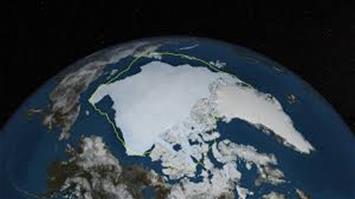
A New Nasa study finds Antarctic ice growing, countering earlier studies
Snow that began piling up 10,000 years ago in Antarctica is adding enough ice to offset the increased losses due to thinning glaciers, according to a NASA study
The latest findings appear to challenge other studies including the Intergovernmental Panel on Climate Change’s 2013 report, which found that Antarctica is overall losing
“We’re essentially in agreement with other studies that show an increase in ice discharge in the Antarctic Peninsula and the Thwaites and Pine Island region of West Antarctica,” Jay Zwally, a glaciologist with NASA Goddard Space Flight Center in Greenbelt, Md., and lead author of the study, which was published on Oct. 30 in the Journal of Glaciology, said in a statement.
“Our main disagreement is for East Antarctica and the interior of West Antarctica – there, we see an ice gain that exceeds the losses in the other areas.” Zwally said, adding that his team “measured small height changes over large areas, as well as the large changes observed over smaller areas.”